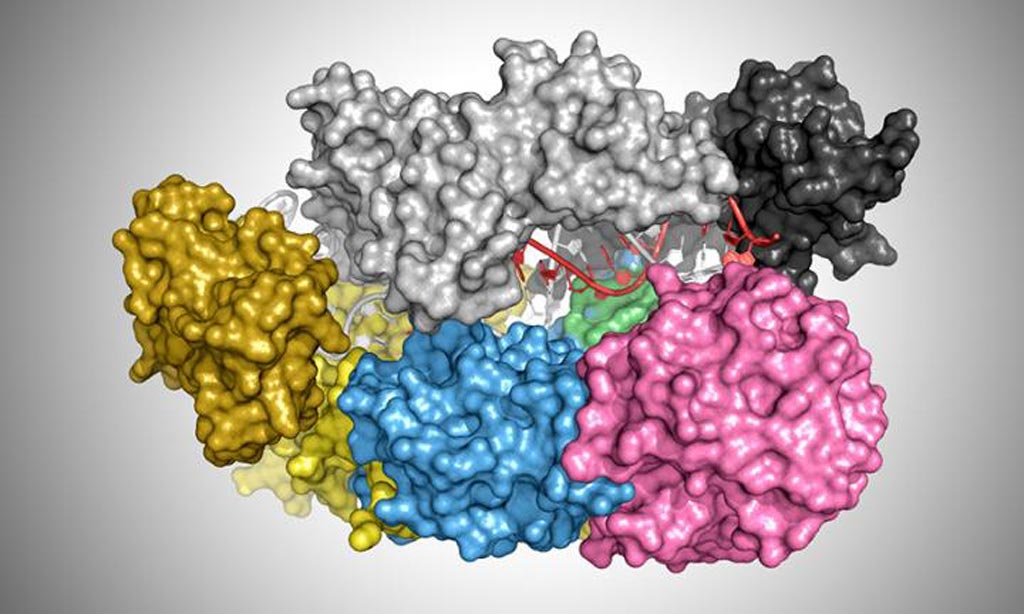CRISPR Variant Enables More Accurate Genome Editing
By LabMedica International staff writers
Posted on 14 Aug 2018
Results of a recent study suggested that inherent binding properties of the Cas12a enzyme make it a better choice for gene editing purposes than the currently used CRISPR/Cas9 combination.Posted on 14 Aug 2018
CRISPR/Cas9 is regarded as the cutting edge of molecular biology technology. CRISPRs (clustered regularly interspaced short palindromic repeats) are segments of prokaryotic DNA containing short repetitions of base sequences. Each repetition is followed by short segments of "spacer DNA" from previous exposures to a bacterial virus or plasmid. Since 2013, the CRISPR/Cas9 system has been used in research for gene editing (adding, disrupting, or changing the sequence of specific genes) and gene regulation. By delivering the Cas9 enzyme and appropriate guide RNAs (sgRNAs) into a cell, the organism's genome can be cut at any desired location. The conventional CRISPR/Cas9 system is composed of two parts: the Cas9 enzyme, which cleaves the DNA molecule and specific RNA guides that shepherd the Cas9 protein to the target gene on a DNA strand.

Image: An illustration showing the protein cas12a bound to a DNA helix (red and white) (Photo courtesy of T. Yamano and H. Nishimasu / James Rybarski).
Despite the widespread usage of CRISPR/Cas9, DNA cleavage at off-target sites that resemble the target sequence continues to be a pervasive problem that remains poorly understood mechanistically.
To solve the problem of off-target DNA cleavage, investigators at the University of Texas at Austin (USA) used quantitative kinetics to dissect the reaction steps of DNA targeting by Cas12a (also known as Cpf1 or Centromere and Promoter Factor 1). CRISPR/Cpf1 differs from CRISPR/Cas9 in a number of key ways. Cpf1 is much smaller than the Cas9 enzyme, which makes it easier to package inside a virus and therefore easier to deliver to muscle cells. It also recognizes a different sequence of DNA than Cas9 does, which provides greater flexibility in terms of use.
The investigators reported in the August 2, 2018, online edition of the journal Molecular Cell that Cas12a bound DNA tightly in two kinetically separable steps and discriminated strongly against mismatches along most of the DNA target sequence. In mechanistic terms, the investigators explained that Cas9, initially bound base pairs tightly together, but after the first seven or eight base pairs in the genomic target it paid less attention. This implied that Cas9 could overlook mismatches that could lead it to edit the wrong part of the genome. In contrast, Cas12a formed bonds that were relatively weak. Thus, it required a good match all along the target molecule to hold the complex together long enough to make an edit. Therefore it was much more likely to edit only the intended part of the genome.
"It makes the process of base-pair formation more reversible," said senior author Dr. Rick Russell, professor of molecular biosciences at University of Texas at Austin. "In other words, Cas12a does a better job of checking each base pair before moving on to the next one. After seven or eight letters, Cas9 stops checking, whereas Cas12a keeps on checking out to about 18 letters."
Related Links:
University of Texas at Austin







 Analyzer.jpg)





